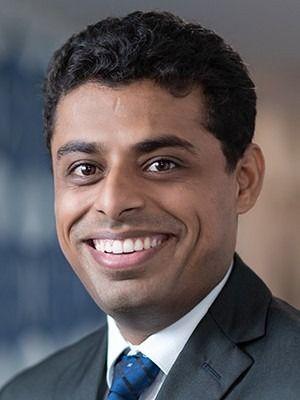Image Source - Nano Banana
F.R.I.E.N.D.S. has always been my favorite sitcom. I first watched it end to end in my first year of college; an impressionable teen imagining what life a few years later in New York might feel like.
And ever since, its theme song has been lodged in my head. You know the line — “It’s like you’re always stuck in second gear…” Catchy, almost annoyingly so. US didn’t happen, life had other plans. But these days, every time I’m crawling through traffic, I find myself humming it under my breath.
Because every time I step out of my home, I end up in a jam. It doesn’t matter which city I’m in: Bengaluru, Delhi, Mumbai, even smaller towns. Sooner or later the brake lights stack up. I’ve wasted evenings staring at the same tree by the roadside, mornings watching the same impatient auto driver squeeze into impossible gaps, afternoons crawling past the same pothole that seems to have become permanent infrastructure.
And I know this is not just me. Traffic is one of India’s few truly universal experiences. According to studies, the average Indian commuter in big cities loses more than 150 hours a year stuck in traffic. That’s nearly a full work month: gone in honking, inching forward, and silently cursing.
But time is just part of the cost. The economic damage from congestion is enormous. In New Delhi alone, projections suggest that by 2030, the cost of congestion — from fuel wastage, lost productivity, and air pollution — could reach USD 14.7Bn every year.
What’s interesting, however, is that traffic jams predate cars. In 1869, newspapers in New York reported Broadway being paralyzed for hours by nothing more than horse-drawn carriages. In London, 1895, one of the first motor exhibitions caused complete chaos: pedestrians, bicycles, horses, and the very automobiles meant to “speed things up” all stuck in one giant snarl.
The irony is hard to miss. Every time humanity invented a faster way to move, we somehow made life slower as a group. The problem wasn’t the vehicle. It was the system.
Traffic experts have a phrase for this: induced demand. Build a new flyover, and more people start using it. Add an extra lane, and the lane fills. Expand the road network, and suburbs grow farther away, pulling in more commuters. It’s an endless catch-up game we never win.
Then came Google Maps.
Technology was supposed to help us beat this. When Google Maps added real-time traffic data in the mid-2000s, it felt revolutionary. For the first time, you could see red, orange, or green overlays on a road and pick a faster route. For a while, it worked. People zig-zagged through smaller streets and “outsmarted” congestion.
But when millions of us use the same app, we all get routed to the same “faster” shortcut. Neighborhoods once quiet suddenly fill with cars. Side streets become main roads. The map updates, another shortcut appears, and the cycle repeats. We’ve essentially outsourced our coordination problem to an algorithm, but the core issue hasn’t gone away.
The same paradox shows up with ride-hailing apps. Studies in cities like New York have found Uber and Lyft don’t reduce congestion. They increase it, because (surprise, surprise!) empty cars are constantly circulating while waiting for the next ride.
In short: technology has made jams more transparent, but not less common.
If only it were roads.
Unfortunately, traffic jams show up everywhere in modern life.
Think about your inbox. The more email filters you add, the more emails arrive. Meetings? The more calendar tools we adopt, the more slots get filled. Productivity apps? They multiply tasks instead of reducing them. Our minds are like roads choked with too many vehicles, each demanding right of way.
We think the solution is speed: faster replies, faster meetings, faster tools. But just like on the road, more lanes don’t fix the jam. They just attract more traffic.
The real issue is coordination and prioritization.
On roads, the answer is rarely “build more flyovers.” It’s better public transport, staggered work hours, or simply fewer private vehicles. In life, the same principle applies. The way out isn’t downloading another productivity app or saying yes to another meeting. It’s actively reducing the number of “vehicles” in motion.
- Saying no more often.
- Defaulting to fewer tools, not more.
- Creating deliberate “no-traffic zones” in your day, where nothing moves except the one thing you care about.
Because sometimes, the fastest way forward isn’t more speed — it’s fewer vehicles.
A question worth pondering:
Where in your own life are you stuck in a traffic jam: not because of a lack of speed, but because too many vehicles are crowding the road? And what would it take to clear a lane, instead of building a new one?
What we’re reading this week
Traffic: Why We Drive the Way We Do by Tom Vanderbilt. A fascinating exploration of how congestion works, and why driving is as much about psychology and coordination as it is about cars and roads.
Until next week,

